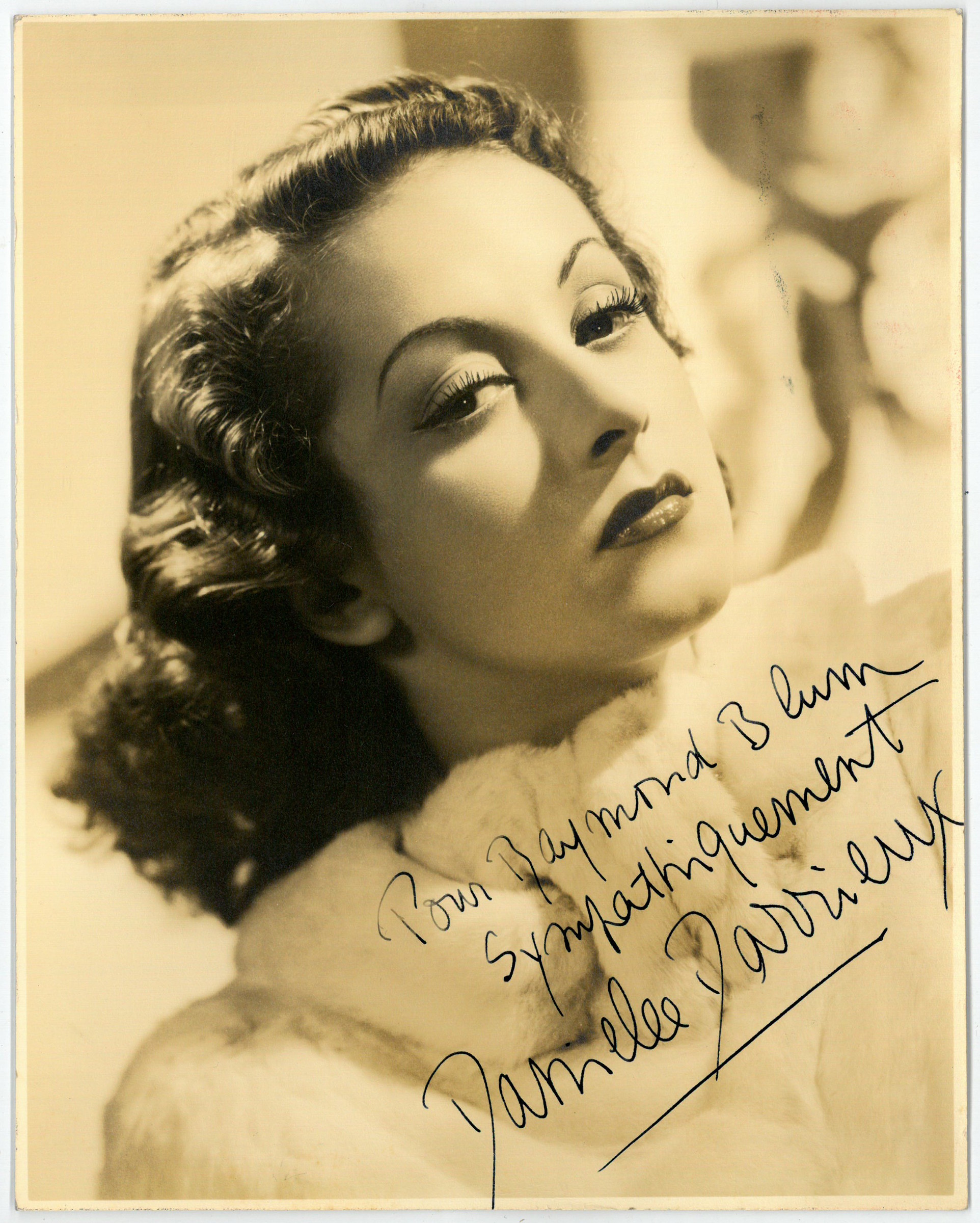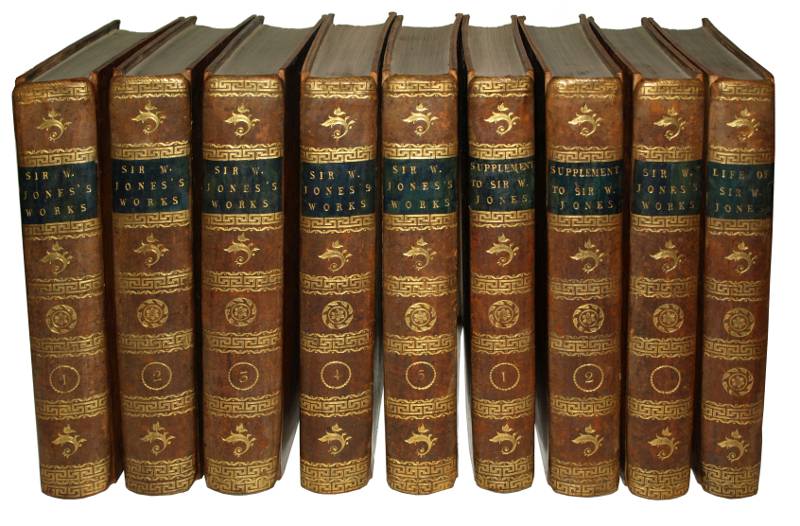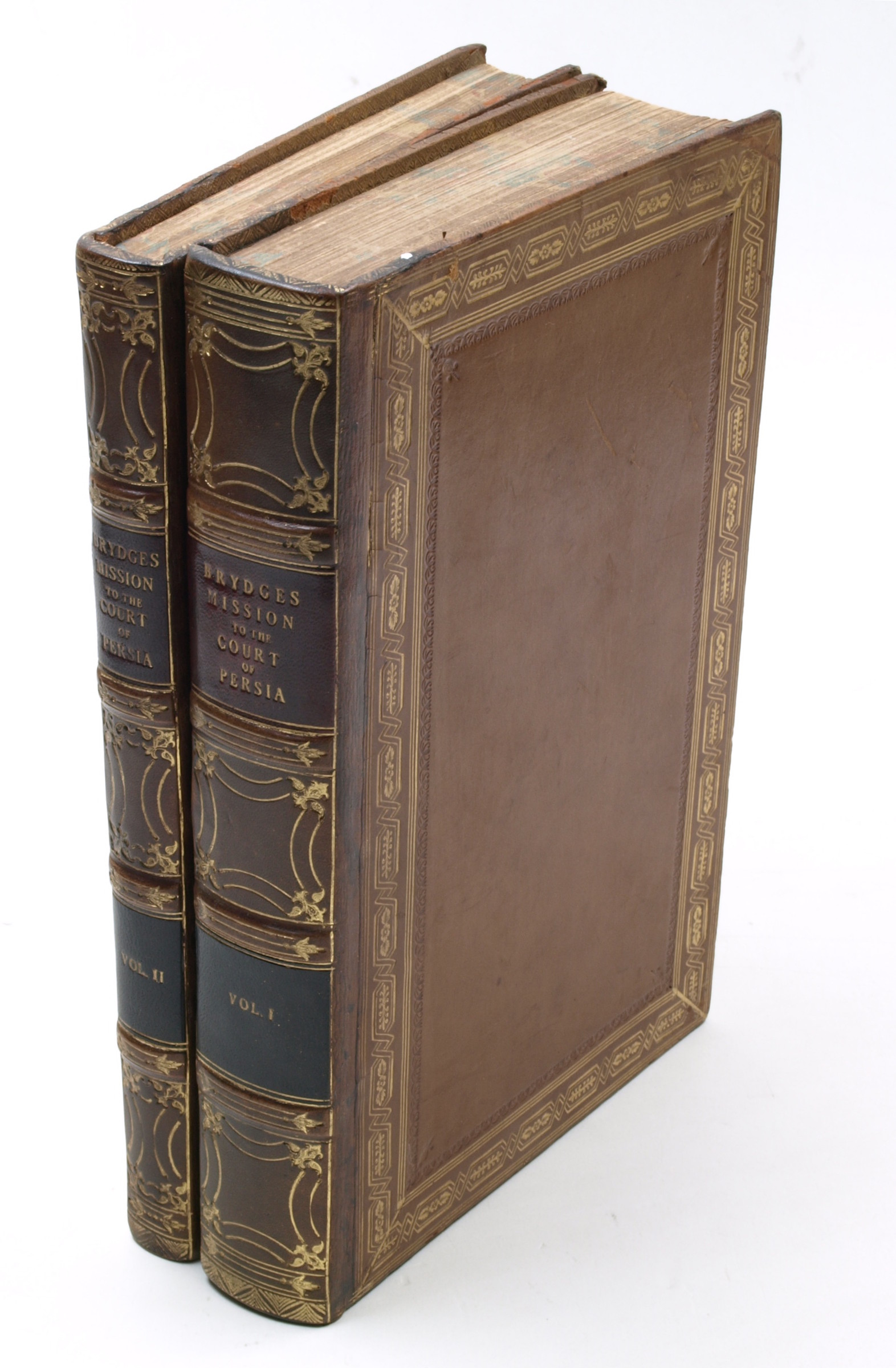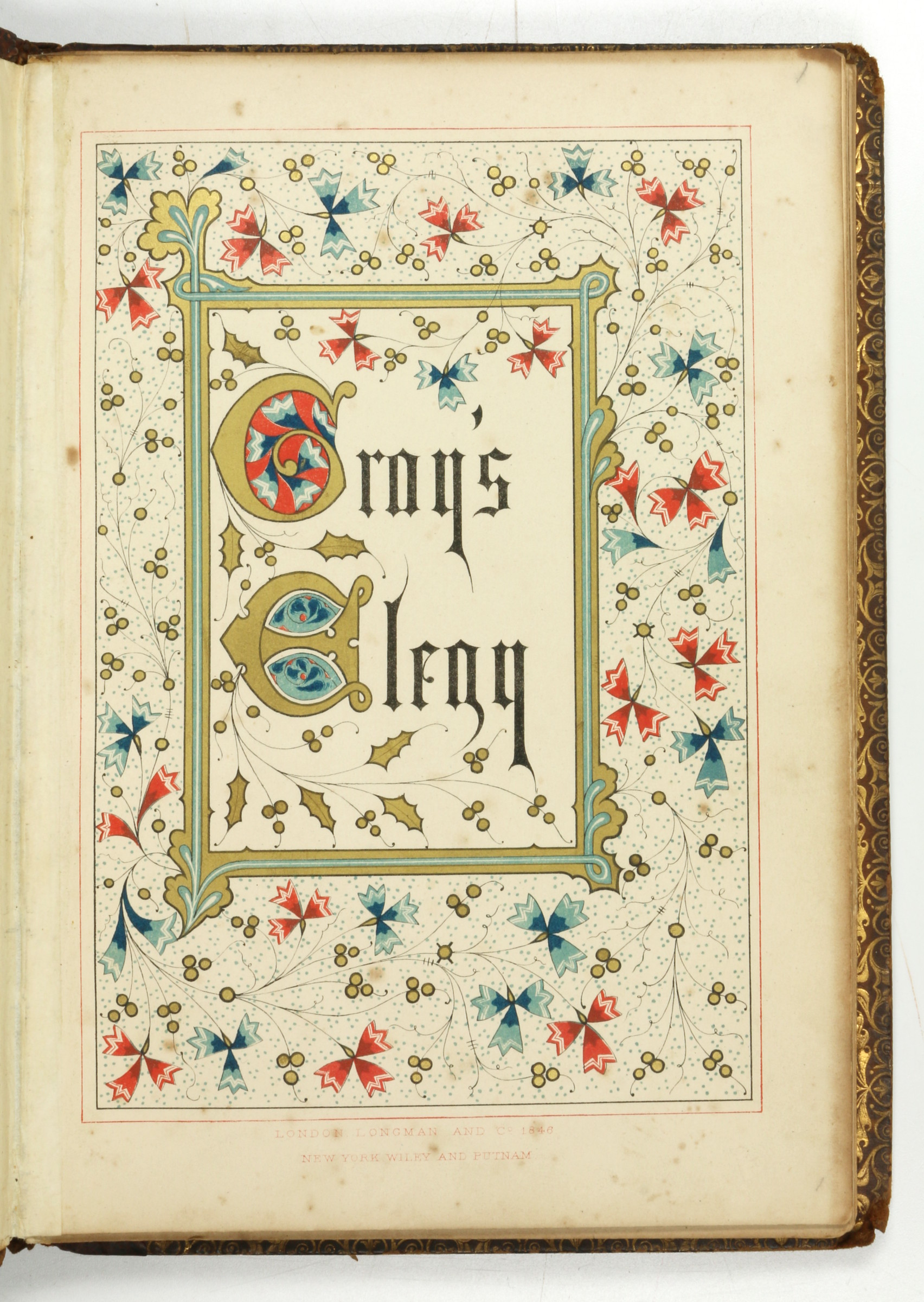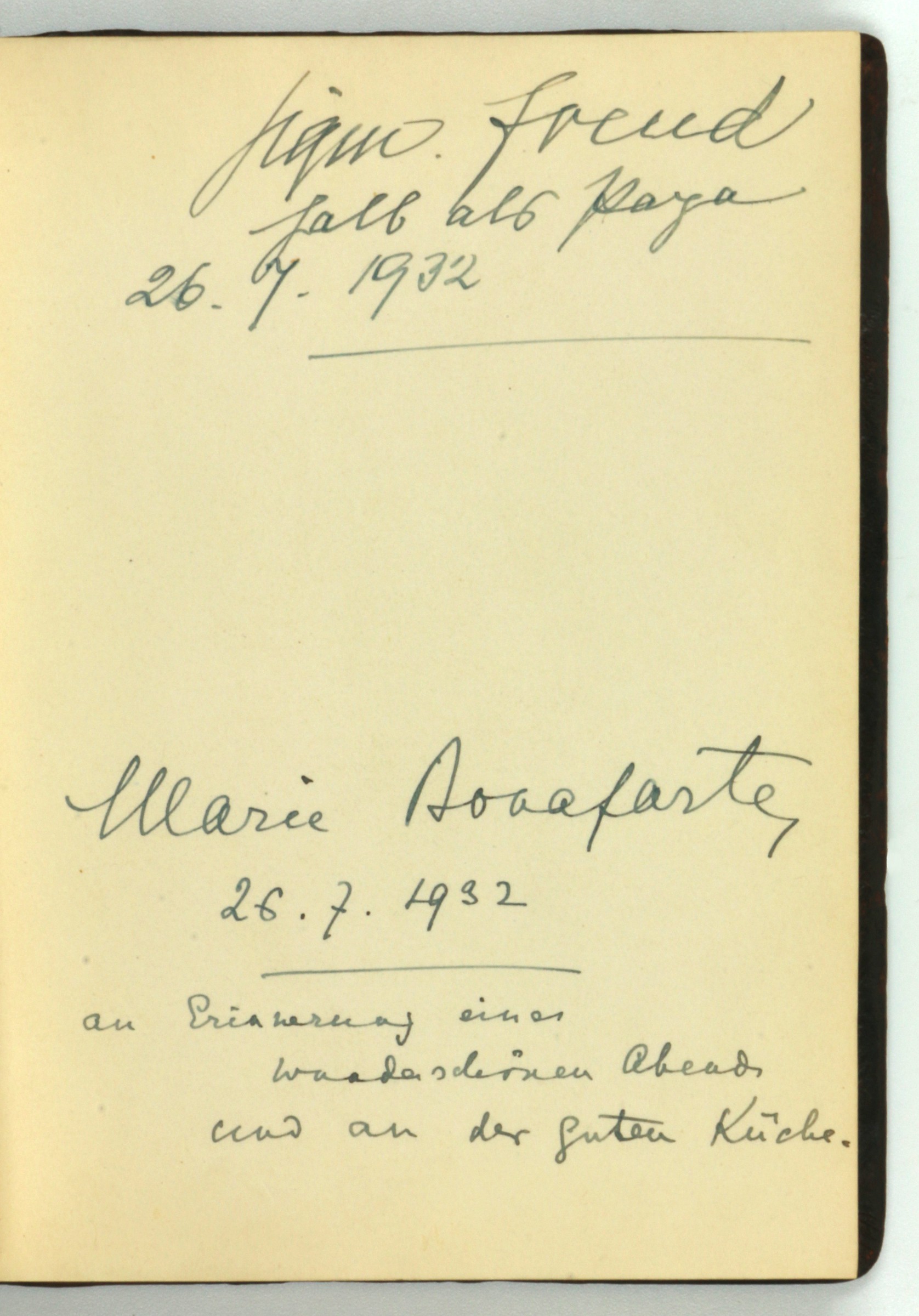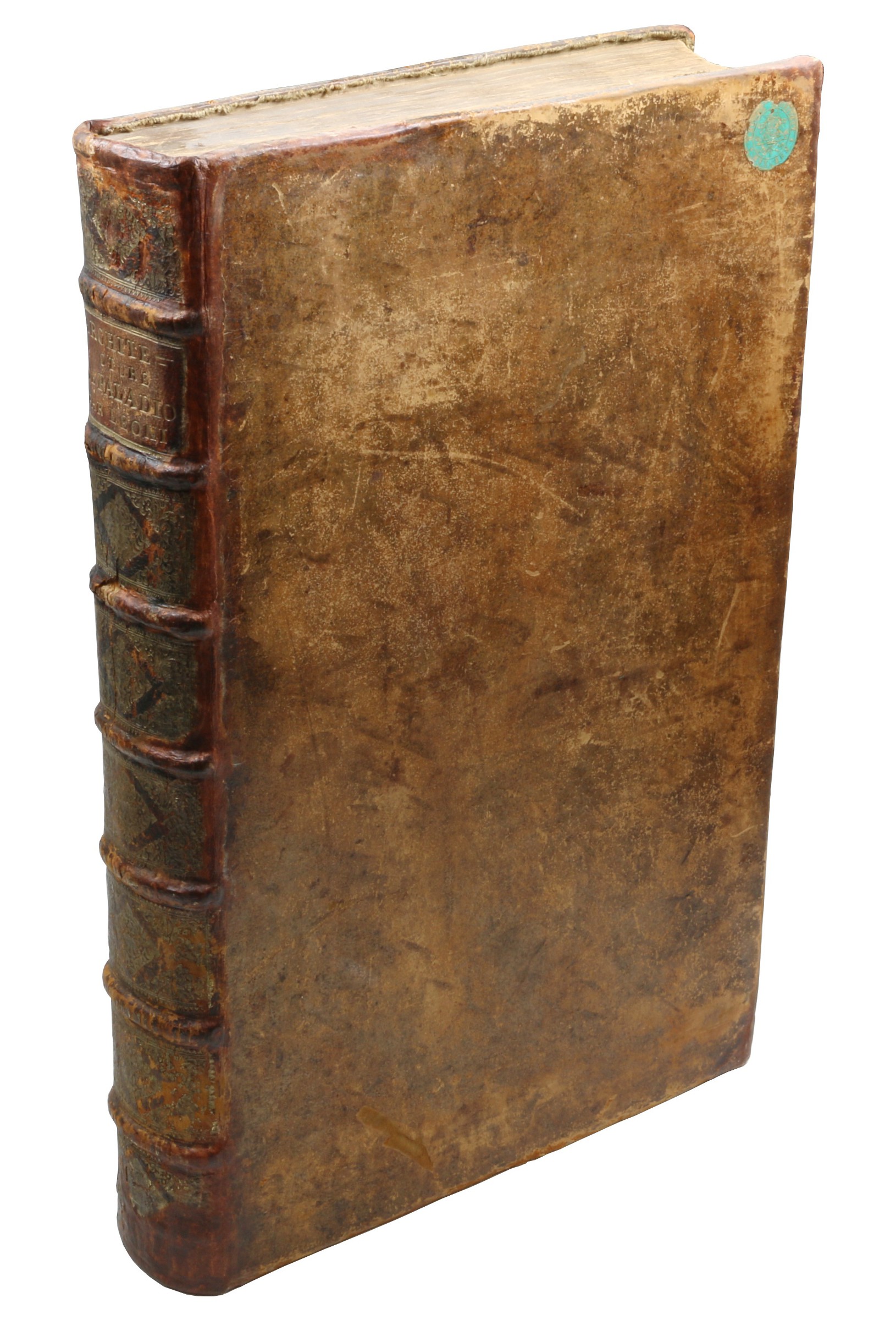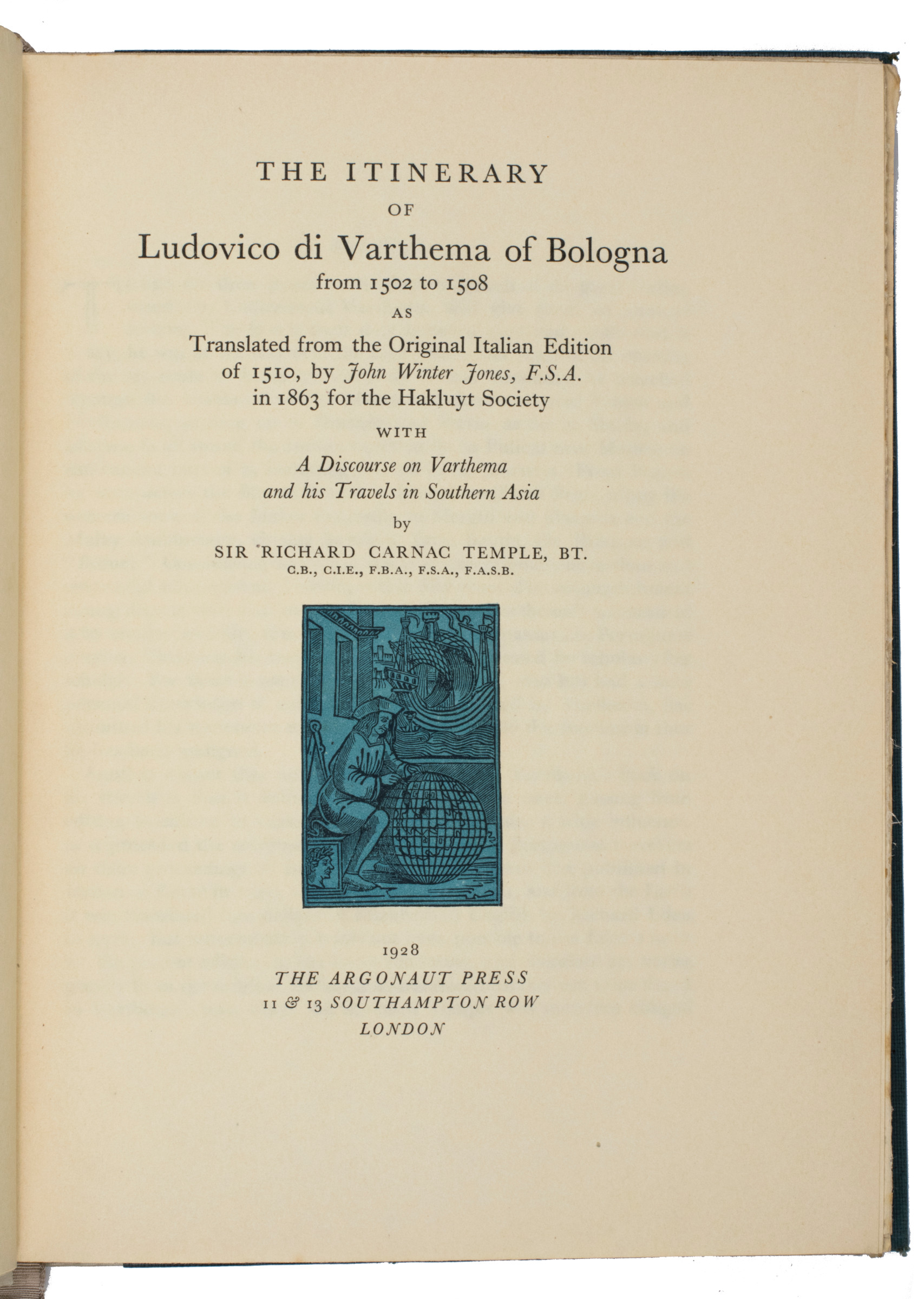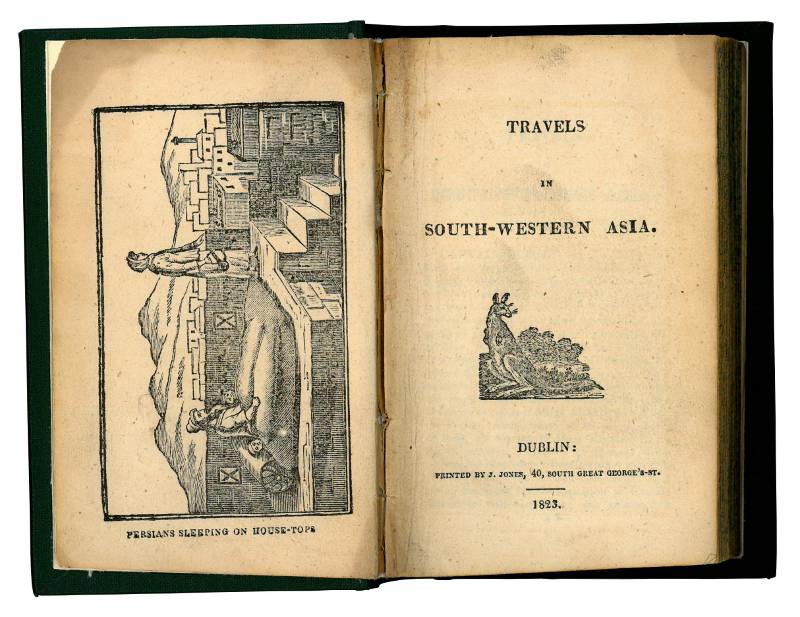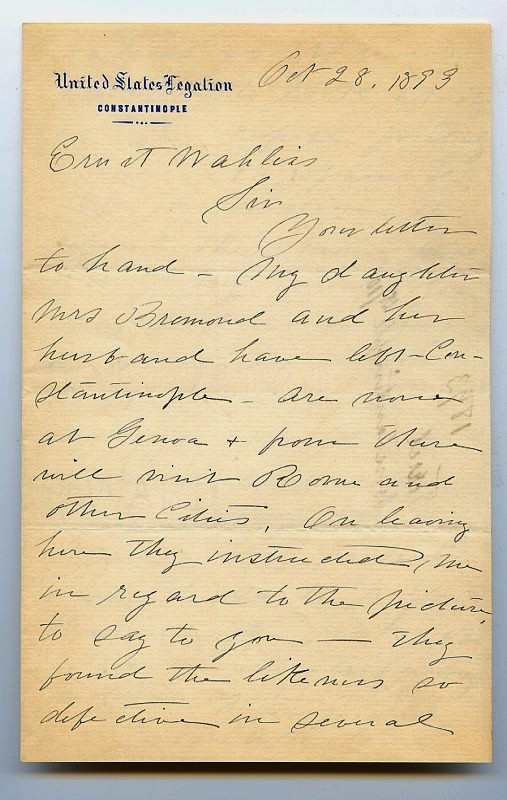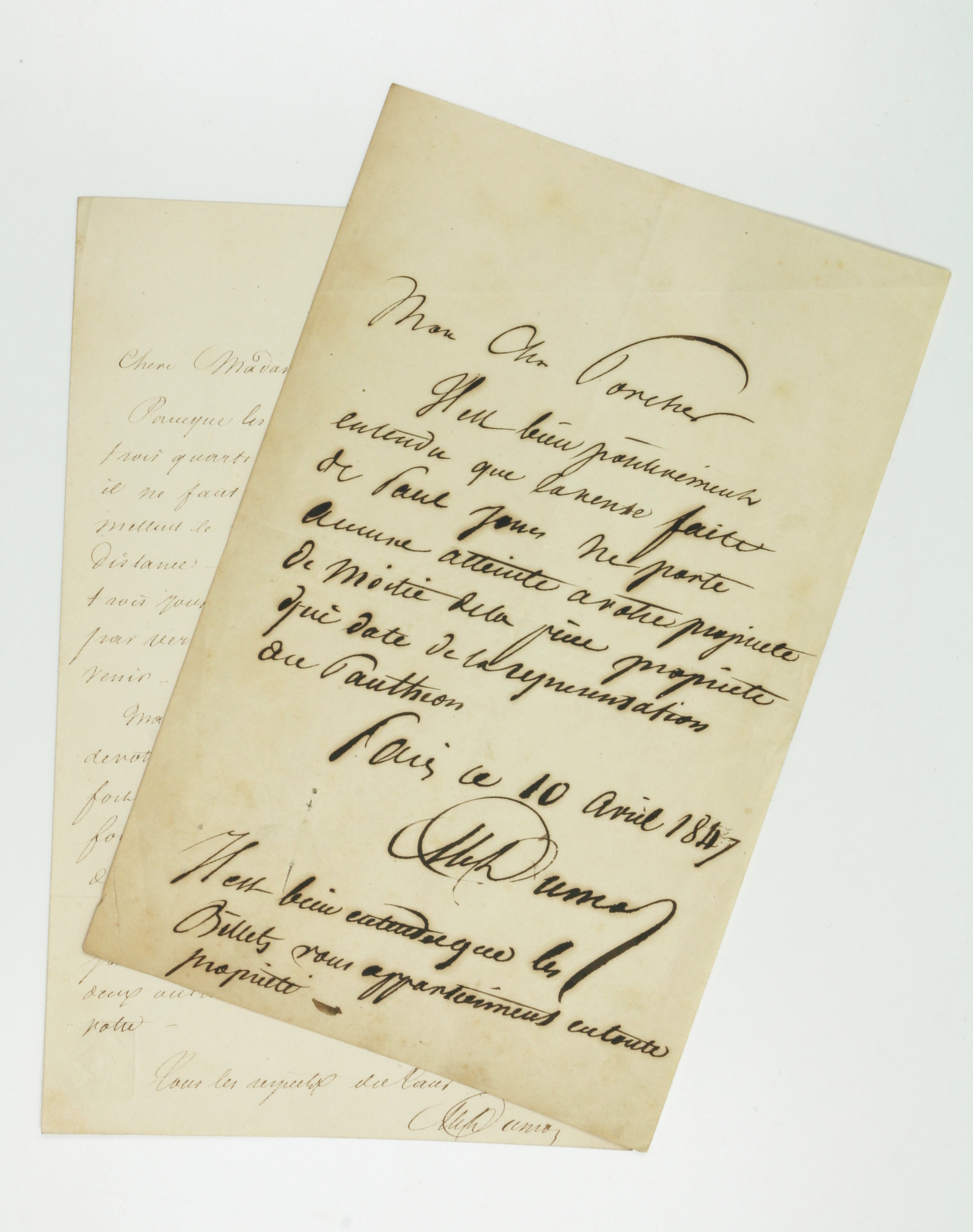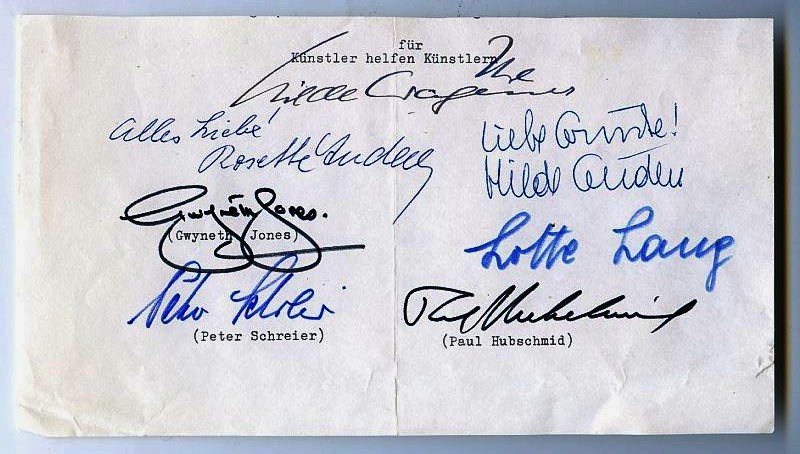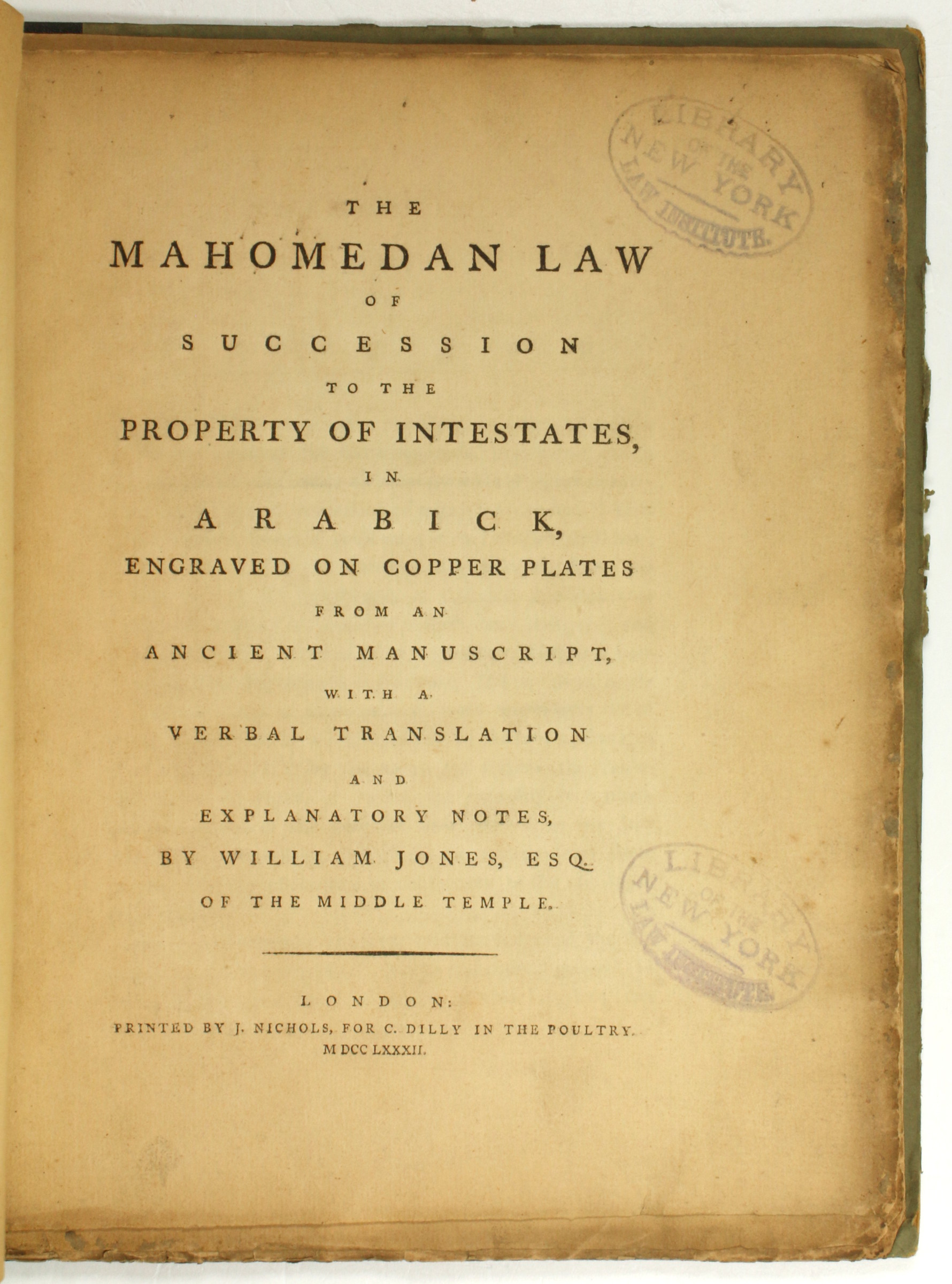
The Mahomedan Law of succession to the property of intestates, in Arabick, …London, 1782.
This 18th century transcription, translation, and facsimile of a law manuscript by Muhammad ibn Ali al-Rahbi (d. ca. 1183 CE) marks a pivotal moment in the cross-cultural exchange of legal knowledge between the Muslim world and the European Enlightenment. The mind behind this work was William Jones (1746-94), a British philologist, orientalist, and judge famous for being among the first to point to a link between European and Indo-Aryan languages, which would later be known as the Indo-European language group.
As a judge in colonial British Bengal, Jones had a particular interest in Hindu and Muslim law codes, not only in theory but in practical application. This work was an ambitious project to produce an edition of a Muslim legal manuscript, one which resulted in a rare and insightful glimpse for English-speaking readers into the complexities, nuances, and deep history of Muslim jurisprudence.
The final engravings were executed with great care in order to preserve not only the meaning of the Arabic but also the handsome calligraphy of the source manuscript. This marriage of scholarly rigour and aesthetic appreciation are a testament to the intellectual curiosity and respect for (and interest in) diverse legal systems which characterized both Jones himself and the era of the Enlightenment. A copy of this work was found in the library catalogue of Benjamin Franklin (catalogue number 2826) - one of the very few documented Islamic texts owned by an American Founding Father.

